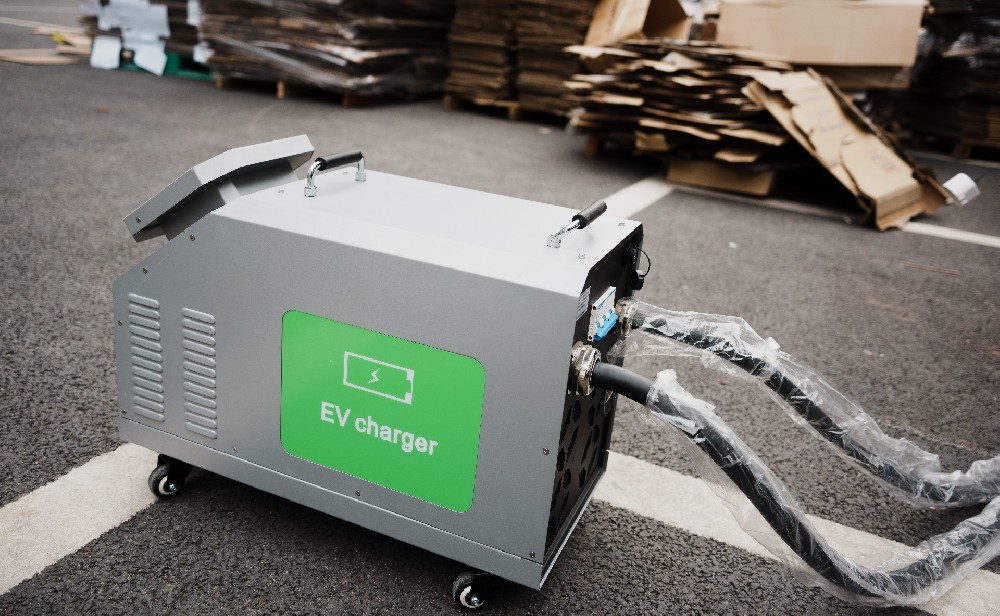-
13822183778@139.com
-
13822183778
What are the two main aspects of the safety of the charging gun?
1. The safety of mechanical performance
In the selection of materials
First of all, there should be strict requirements for the plastic material of the gun body, which must meet the requirements of different environments such as high and low temperatures.
(2). There are certain requirements for the cables. Not only should there be certain restrictions on the diameter of the cables and the thickness of the film, but they also need to pass high-temperature resistance and aging resistance tests to ensure they do not oxidize during long-term use.
(3). The requirements for the overall structural design of the gun: If the design is unreasonable, it may not cause an obvious impact in the short term. However, once it is exposed to long-term environmental damage such as wind and sun, its brittleness will gradually become apparent. "It may easily break when dropped on the ground, which will cause fear in the user's mind. Even worse, the user may generalize and question the safety of the charging gun. Therefore, the structural design must be strictly in accordance with China's standards. This is an important issue to consider beyond the standards."

2. Safety of electrical performance
This is mainly reflected in the reliability of the internal metal terminals of the charging gun. The reliability of the terminals directly determines the tightness of the charging interface. Tightness will have two direct impacts: first, the gun body will heat up during the connection process, and at the same time, it will cause the cable to heat up, creating a safety hazard; second, it is reflected in the tightness of the terminal coating. If the tightness is not designed reasonably, it will cause the interface to be too loose or too tight when the gun is plugged in or pulled out. "If the coating is not properly treated after repeated plugging and unplugging for tens of thousands of times, it is very easy to be oxidized and worn", which will directly affect the use effect of the gun and the safety of the entire charging process. In addition, the processing of the entire mold must undergo strict heat treatment and a total of 21 inspection and testing procedures.
 How long does it take to charge ···
How long does it take to charge ···
 DC Fast Charging CCS type 2 plug
DC Fast Charging CCS type 2 plug
 The high-voltage and high-curren···
The high-voltage and high-curren···


